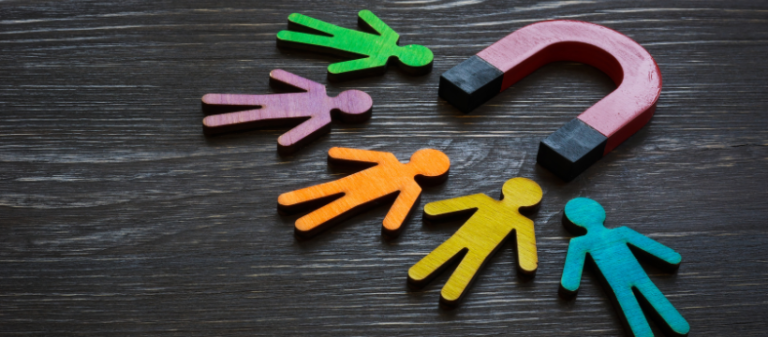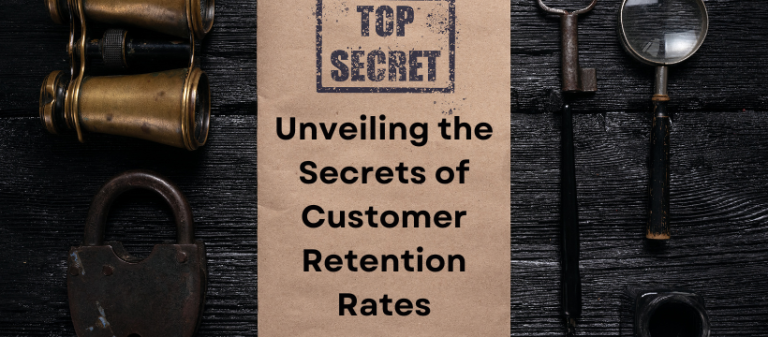The Power of Personalization: Building Customer Loyalty and Retention
In the dynamic world of business, where competition is fierce and customer expectations are continually evolving, building and maintaining customer loyalty and retention have become more critical than ever. One of the most effective strategies to achieve this is through personalized experiences. In this blog, we’ll dive deep into the role of personalized experiences and how they play a pivotal role in not only retaining customers but also fostering unwavering loyalty.
Understanding Personalized Experiences
Personalized experiences in the context of customer loyalty and retention involve tailoring every interaction and touchpoint between your business and a customer to cater to that individual’s unique preferences, needs, and behaviours. It’s about making each customer feel valued, understood, and appreciated.
Why Do Personalized Experiences Matter?
The significance of personalized experiences can be best understood by exploring their far-reaching impact:
1. Customer Engagement:
Personalized experiences capture the attention and interest of customers. When they receive content, offers, and recommendations that align with their interests, they’re more likely to engage with your brand.
2. Customer Loyalty:
Customers who feel that a brand understands and caters to their specific needs are more likely to stay loyal. This loyalty extends beyond a single purchase; it’s about fostering an enduring relationship.
3. Increased Conversion Rates:
Personalization can lead to higher conversion rates. When customers see products or services that resonate with them, they’re more likely to make a purchase.
4. Reduced Churn Rate:
Personalized experiences can significantly reduce customer churn. When customers feel valued and engaged, they’re less likely to abandon your brand in search of alternatives.
The Personalization Spectrum
Personalized experiences can take various forms, depending on the nature of your business and customer base:
1. Personalized Recommendations:
Analyzing customer data to provide tailored product or service recommendations is a powerful strategy. This is commonly seen in e-commerce platforms like Amazon.
2. Customized Marketing Messages:
Crafting marketing messages that are tailored to each customer segment can enhance engagement and conversions.
3. Dynamic Website Content:
Websites can display dynamic content based on a user’s browsing history or preferences, ensuring that they see what’s most relevant to them.
4. Personalized Email Campaigns:
Email marketing can become highly effective when it’s personalized. Sending emails featuring products or services related to a customer’s past behaviour or purchase history can boost click-through rates.
5. Tailored Customer Support:
Customer support interactions can be personalized by leveraging customer data. Knowing a customer’s history and needs allows your support team to provide more effective assistance.
Case Study: Netflix
Netflix, the streaming giant, is a prime example of how personalization can drive customer loyalty and retention. Their recommendation system, powered by machine learning algorithms, analyzes user behaviour to suggest movies and TV shows tailored to each viewer’s tastes.
When you log into Netflix, you’re greeted with a personalized homepage featuring categories like “Because You Watched” and “Top Picks for You.” These recommendations are so accurate that they’re often the reason viewers continue their subscriptions. This level of personalization not only keeps customers engaged but also reduces the likelihood of churn.
Strategies for Implementing Personalized Experiences
Now that we understand the significance of personalized experiences, let’s explore strategies for implementing them effectively:
1. Customer Data Collection:
Start by collecting relevant customer data, including purchase history, browsing behaviour, demographics, and customer feedback. This forms the foundation for personalization.
2. Segmentation:
Divide your customer base into segments based on shared characteristics or behaviours. This allows you to create personalized marketing campaigns and messages tailored to each segment.
3. Personalization Tools and Technology:
Invest in tools and technology, such as customer relationship management (CRM) software and artificial intelligence (AI) algorithms, to automate and scale personalization efforts.
4. Content Personalization:
Create content that speaks directly to individual customer segments. This can include personalized email campaigns, product recommendations, and dynamic website content.
5. Feedback and Adaptation:
Continuously gather customer feedback and adapt your personalization strategies accordingly. Customer preferences and behaviours can change over time, so staying agile is crucial.
Conclusion: The Personalization Imperative
In an era where customers have an abundance of choices and heightened expectations, personalization has become an imperative for building and maintaining customer loyalty and retention. When customers feel understood, valued, and engaged, they’re more likely to stay loyal to your brand.
By leveraging customer data, segmentation, technology, and personalized content, you can create experiences that resonate with your customers, build emotional connections, and ultimately drive loyalty and retention. Personalization is not just a strategy; it’s a commitment to making each customer’s journey unique and unforgettable. In a world where loyalty is earned, personalization is the key to ensuring that your customers choose to stay with your brand time and time again.







